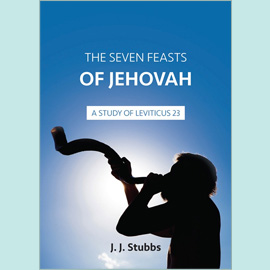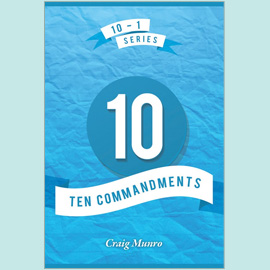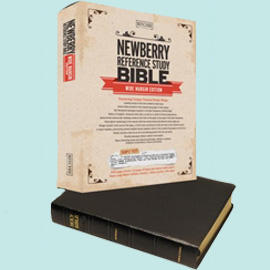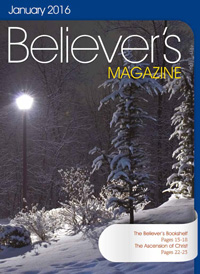The Courtyard's Curtilage
The outer perimeter of the Tabernacle consisted of sheets of linen stretched between poles of wood. These linen walls were 5 cubits (about 8 feet) high. The length of Courtyard was 100 cubits (about 159 feet), which is roughly half the length of a football pitch, and it was 50 cubits wide.
The linen sheets or hangings had hooks that were attached to silver bands (fillets) that encircled each pole. In order to keep the poles upright they were footed with sockets of brass (bronze), and were also braced with cords which were fixed to pegs (pins) which were driven into the wilderness ground. These cords acted like the guy ropes that are used to keep tents upright.
The sheets provided privacy for the worshippers and the priests. They were so high that no one could see in. Equally, no one inside could see out. There were no distractions inside the Tabernacle. The Courtyard was a large open area, with plenty of room for the work involved in sacrificing. The Tent lay towards the rear of the Courtyard. The use of brass sockets for the poles was in line with the fact that the Courtyard was the area where God's judgment against sin was emphasised. The main metal was brass with only the fillets being made of silver. In the Holy Place and the Holy of Holies gold and silver were used. The vessels were of gold and the fittings were made of silver.
The Courtyard's Curtain
The only break in the Courtyard was at the "gate" of the Tabernacle. It was 20 cubits (about 30 feet) wide, which meant that it could admit large numbers of people and their sacrifices. The gate was made of coloured fabric. The sheets must have been either drawn to one side or draped so that they could be pulled aside in order that the worshipper was able to gain admittance. Four wooden pillars stood at the gate. The door of the Tabernacle was narrower. It was 10 cubits (15 feet) wide and there were 5 pillars, meaning that there were 2.5 cubits between each pole. There was therefore sufficient width to remove the Ark if it was necessary to carry it out while the Tabernacle remained standing.
The Courtyard's Colours
White was the Tabernacle's predominant colour. A worshipper would be struck by the long lengths of white linen surrounding the Tabernacle, which itself was, outwardly, rather drab in appearance, and thus the white linen must have been quite a contrast. This was designed to emphasise the holiness of the place.
Like the veil and the door of the Tabernacle, the hangings at the gate were woven with blue, purple and scarlet. These colours signified heaven (blue), authority (purple), and sacrifice (scarlet). The Tabernacle was the place where heaven was brought close to man. It was the place where God's authority was recognised. Israel had no king in the wilderness; the people were led by God and his representative Moses, a Levite.
It was also the place where sacrificial blood flowed, represented by the scarlet.
The Courtyard's Covering
The base of the Courtyard was the wilderness terrain and its canopy was the sky. The landscape through which Israel passed in the forty years in the wilderness was often inhospitable, so stones, dust and sand would have covered its floor at most of their stops. (Numbers 33 lists the stopping places between Egypt and Canaan.) The fact that the desert floor was beneath his feet reminded the worshipper that he belonged to a fallen world. The sky above his head reminded him that he was part of creation. As he gazed at the Tabernacle before him he was reminded that the Lord had come down into that world to dwell with His people.
Concluded.









